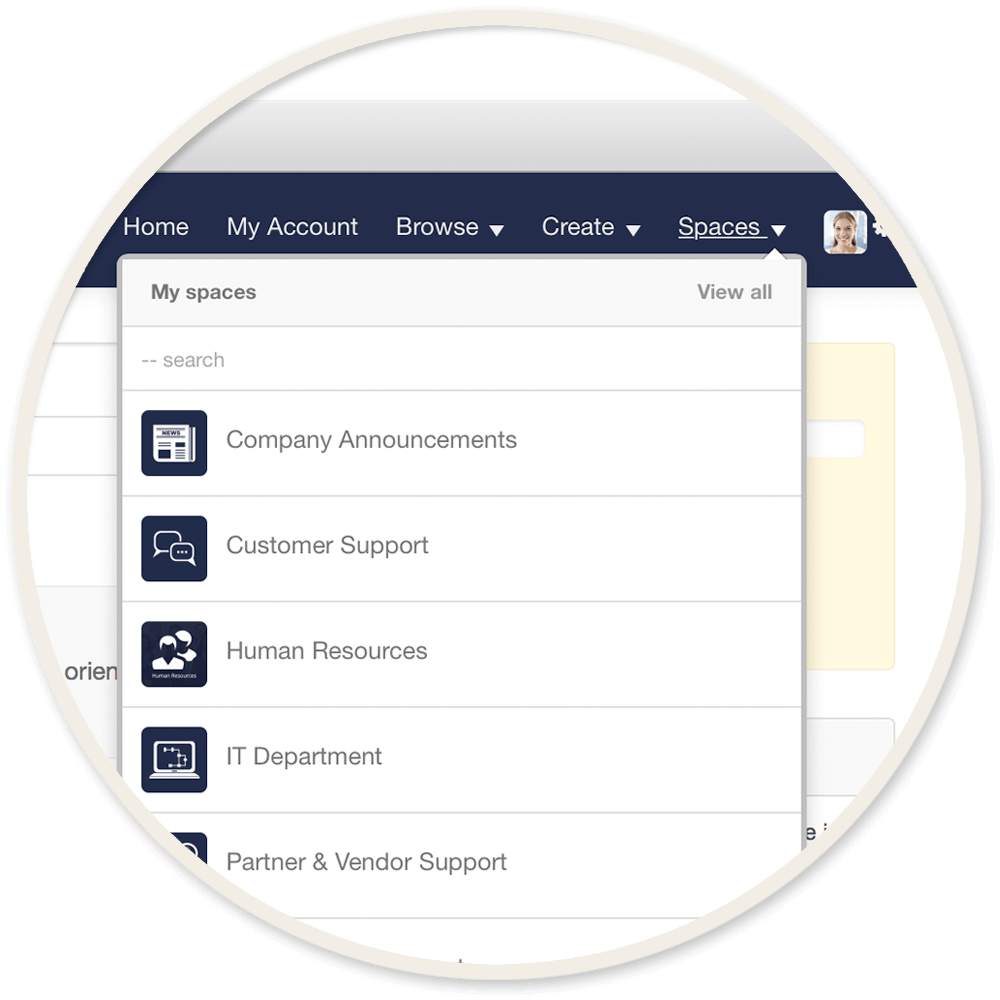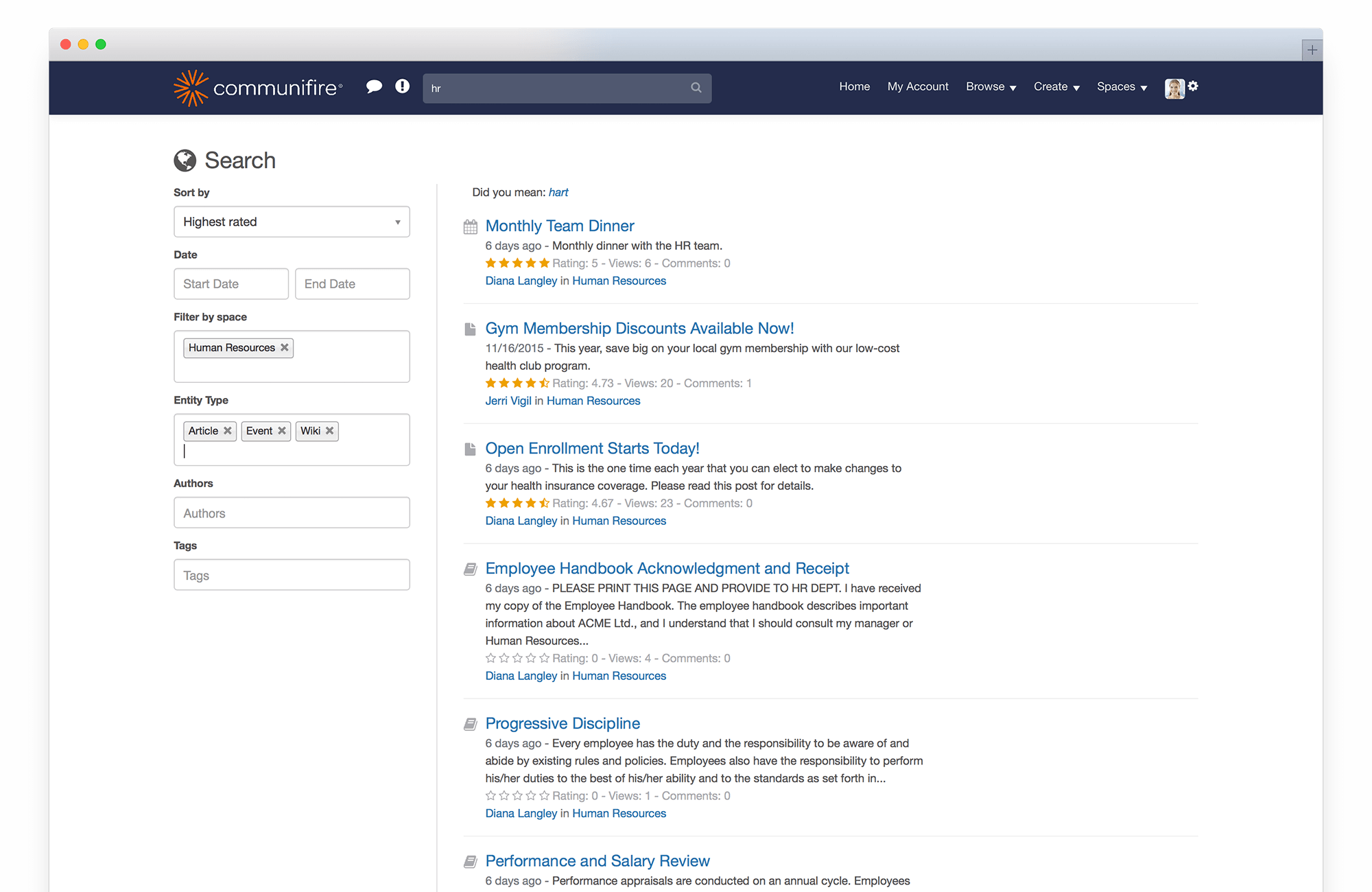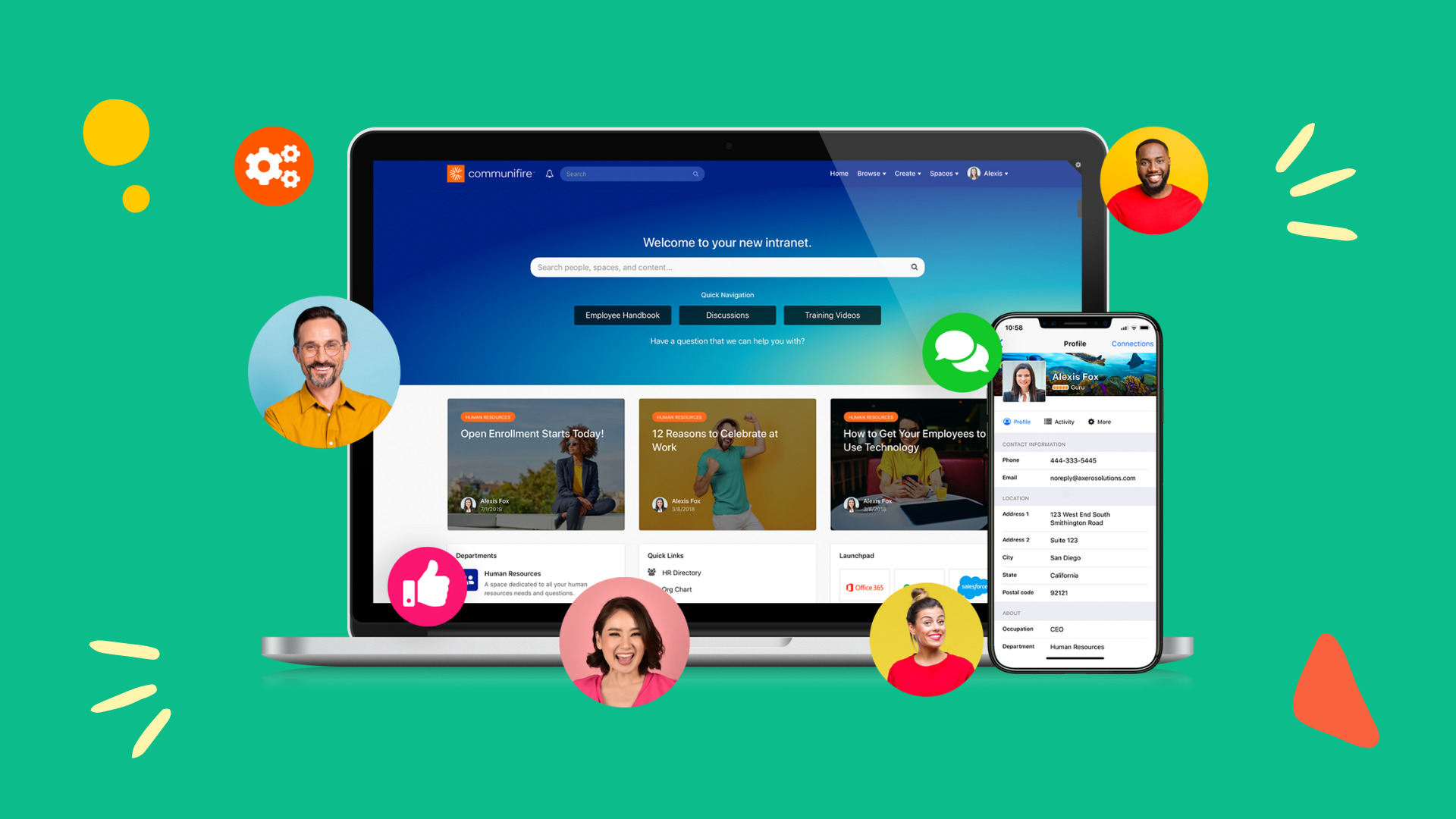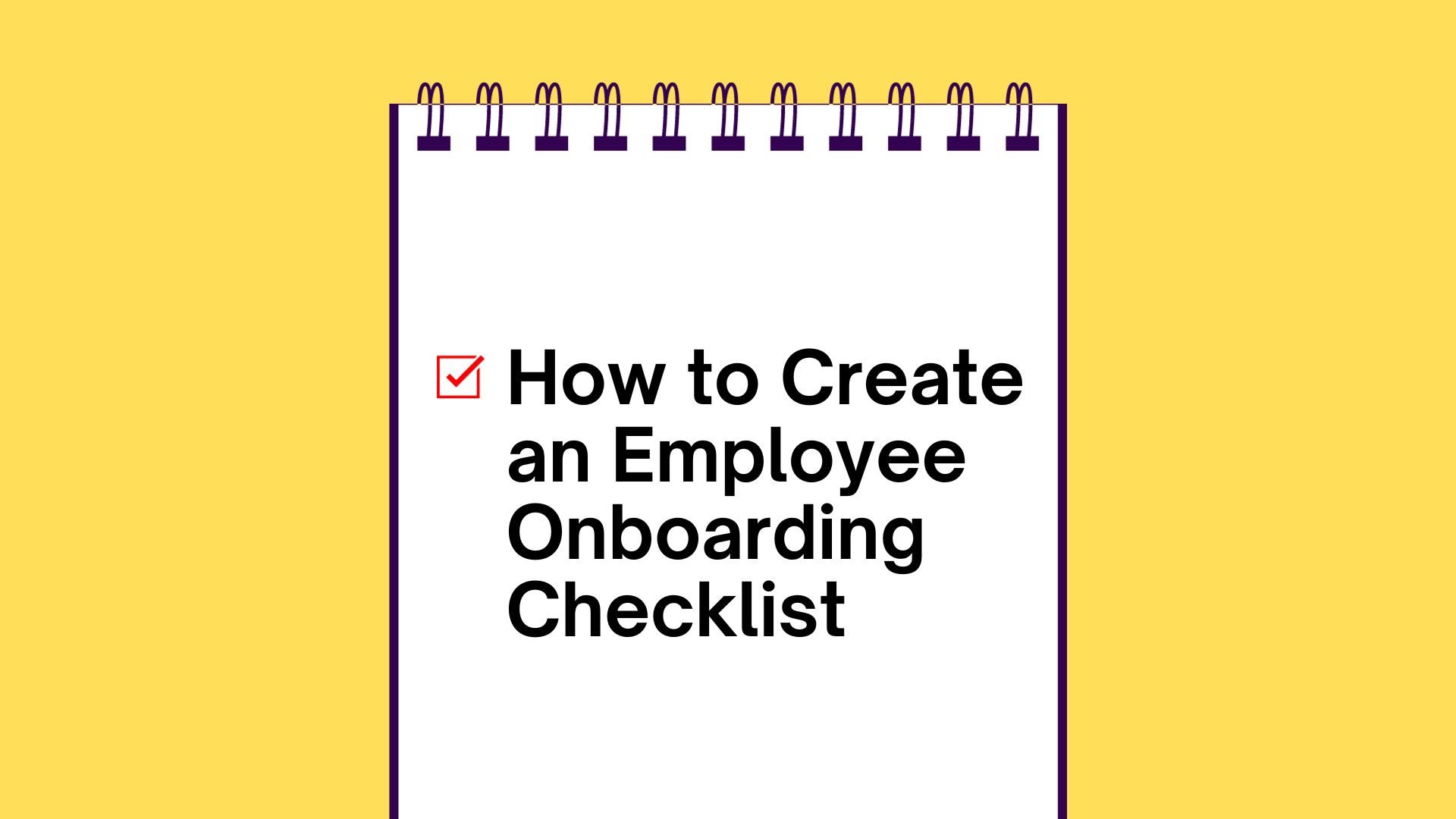Compare today’s Internet to the past, and there are many recognizable differences. How we use the web is far more “social” than before, as shown by the popularity of social media. Perhaps even more noticeable is that the Internet is larger than ever and constantly growing in size.
Imagine browsing the web for information without the help of a search engine like Google. You might find what you’re looking for, but it could take forever. To help manage the amount of Internet content, search engines are always changing algorithms to help you find what you need.
You should use these same concepts to your intranet search engine.
Table of Contents
5 Benefits of Creating a Great Intranet Search Engine.
When your social intranet software platform is first getting started, it’s easy to find what you’re looking for. As things progress, your intranet will get more difficult to manage. It will fill up with articles, forum posts, documents, conversations and more. That’s why you need to pay attention to the performance of your search engine.
Here are some benefits you’ll see with a great intranet search engine.
1. Improved Productivity
The faster employees can find the information they need, the more productive they’ll be.
Productivity levels can grow or fall, but understanding the influencing factors is important. Often, it all boils down to whether employees have the right tools to find what they need. No employee can be productive if required to take many actions, jump through hoops, or ask their managers to locate a single file. This is the most important reason to improve search and reduce clutter.
2. Engaged Employees
Again …
The faster employees can find the information they need, the more engaged they’ll be.
Engaging employees isn’t always easy. There will always be factors you can’t change … like things that happen outside of the workplace. But employee disengagement can occur when employees find themselves running with obstacles every day. Creating a community where employees can find information will ensure engagement levels don’t fall.
3. More Time for Managers
Managers often spend a lot of time supporting staff members … making sure they have what they need to get the job done.
Unfortunately, this also means answering a constant stream of questions:
- “Where is the TPS report?“
- “Where is the company handbook?“
- “Where can I find this or that file?“
Improving your intranet search engine equals more time for managers, making work easier for everyone.
4. Less Information Overload
When people can find what they need, fast, they won’t need to sift through everything else to find it. The intranet search brings it right to them and makes it accessible.
If there’s one negative part of the Internet, it’s information overload. Every piece of knowledge known to man is available online, but not all is useful to everyone. You can apply this concept to departments within an organization. For instance, your sales team will not need to review materials reserved for accounting. Less information overload means fewer headaches.
5. A Cleaner and Easier Intranet
A clean intranet is easy to navigate. More often than not, cleaning-up an intranet means deleting unnecessary documents, conversations, etc. You should organize things to make sense to the users. It won’t happen overnight, but every effort to get there is important.
4 Ways Employees Approach Your Intranet Search Engine.
In all areas of business, it’s important to understand what makes an audience “tick.” This idea is often repeated in the world of marketing, and for good reason. Paying attention to an audience’s needs and behaviors can help guide important decisions. And the same concept applies to how you approach communication with your staff.
A staff of employees is like a well-oiled machine. And in most cases, you can’t create dramatic changes without causing some issues. This is important to remember when it comes to how your staff searches for information. It will help you make decisions that appeal to everyone who is using your company intranet. If you can tap in to how your staff thinks, you’ll hold the key to accessing a good intranet search engine.
While everyone has their own way of searching an intranet, here are a few common techniques:
1. Specific Search
For the most part, employees use a “specific search.” This means they know exactly what they’re searching for. They have details such as file name, size, keywords, and tags to refer to. This form of search is the most common method of finding information.
2. Non-specific Search
Non-specific search differs from specific search … obviously. In non-specific search, employees assume a document exists, but they don’t have specific details. They may use keywords to find what they’re looking for, but that’s the extent of what they have. An intranet that isn’t organized or searchable, or lacks a great search engine, can make for a frustrating search process.
3. Author-based Search
In many situations, employees will at least have the name of a document’s author. This might seem like an easy search, but when content isn’t tagged, it becomes difficult. If they only know the author, they still have to sift through all content created by that person.
4. Self-Created Content Search
There will be times when employees want to find their own, self-created content. This is especially common among those who serve as primary content contributors. Again, if they don’t have any specifics about the content, they will have to sift through the content to find what they’re looking for.
4 Ways to Identify Intranet Search Trends.
Discovering how employees search for information won’t happen overnight. There are many factors to analyze throughout the process. Once you have a strong handle on employee habits and trends, determining how to move forward becomes far easier.
Try the following methods to identify how your staff uses your intranet search engine:
1. Workspace Observation
One of the best ways to learn employees’ intranet search trends is to observe what happens in the workplace. This is easy if you work in a physical office. You can stop at a person’s desk and observe their work behavior. But don’t be creepy about it. And don’t disturb them in the middle of their work. Just ask them to search for something you need, and take note how they do it. Be casual.
2. Individualized Interviews
Conducting an interview can be the best method of gaining valuable information from employees. The goal is to ensure your employees feel as if they’re making a contribution to the intranet. Invite them to offer their feedback instead of sticking to a traditional interview format. Just ask them how they currently do it and if they have any suggestions. Individualized interviews will help you understand how employees use the intranet search engine. And it can also help create trust between employees and management.
3. Employee Surveys
Sometimes it’s difficult for management to conduct individualized interviews with employees. Large organizations, for example, can’t interview every employee. There’s just no time for it. In this case, employee surveys can be useful. You can conduct surveys within the intranet itself. This means there’s no need to be in the same geographical location as employees to get their feedback. When forming survey questions, avoid asking anything that might elicit “yes” or “no” answers. Keep things open-ended.
4. Use “Spaces” To Streamline Intranet Search
Use intranet “Spaces” to your advantage when determining search trends.
In Communifire, online workspaces, or “Spaces”, allow administrators to create subsets that exist within the community. All “spaces” are unique to themselves. Think of the social intranet as a home, with each “space” as a separate room. This helps with intranet search trends because employees should be searching specific spaces for information.
There are many other uses for “spaces” too, but knowing where to start is the key to finding success. Here are a few tips to get you moving:
- Give Each Department its Own Space. When an organization consists of many departments, potential for confusion exists. Imagine if each department shared a single space … for discussions, sharing files and documents, scheduling, and more. The results would be too much to handle if the organization is more than just a few people. Giving each department its own space means that information overlap never becomes an issue.
- Develop “Subspaces”. In Communifire, you can build as many spaces as you want … there is no limit. You can also build “subspaces” within each space. This is ideal for project management because you can organize each project in its own space. Outfit them with relevant files and documents to maintain order and control. Subspaces can deleted at any time, so you can experiment with what works best for your business.
- Create Spaces for Hobbies and Interests. It’s not uncommon for your intranet content to stray off-topic now and then. Some managers may take issue with this, but there’s no need to. Letting employees discuss personal hobbies and interests can improve engagement levels and boost productivity. Creating spaces for hobbies, interests, and water cooler chat makes sure non-work-related content stays in one spot.
- Send Invitations to Staff Members. Once you’ve created a space, you can start sending out invitations to employees. Each invitation allows you to appoint employees with intranet roles and permissions. This ensures you always know who is in charge of what within the community. Members are notified once invitations are sent out, and they can join immediately.
- Manage Public vs. Private Spaces. When designing spaces, you have the option for them to be public or private. Anyone in the community can join a public space, while only specific people can join a private space. A private space would only be used by a specific department or team and not the rest of the community. This means private data and information stays that way, private. And it further helps to keep information overload from becoming a problem.
- Experiment with Hybrid Spaces. While public and private spaces may be on opposite ends of the spectrum, they’re not the only options available. “Hybrid” spaces can be just as useful, characterized by a group of people who all have different sets of permissions within the space. Some employees may have content-writing abilities, while others can only read or comment. In the end, the choice is up to the administrator.
- Make Use of Isolated Spaces. Another great feature of Communifire is its “isolated” spaces. Have a marketing campaign or sales pitch that you’re trying to keep secret? Discussing information in an isolated space with just a few colleagues is the best approach. Isolated spaces are separate from the community, allowing for an extra layer of security and functionality.
5 Tips to Improve Your Intranet Search Engine.
Spaces are effective when used in your intranet, but there are more ways to ensure you have a great intranet search engine. You don’t want employees wasting their time with guesswork when finding the right file or document.
Here are some more tips that are best employed after you’ve configured spaces within the community:
1. Start with a Great Intranet Search Engine
A great intranet search engine is one that can be tailored to meet the needs of your organization. You aren’t likely to find one in a “one-size-fits-all” social intranet platform. Customizable intranet software ensures that search doesn’t become more difficult than it has to be. If you’re just starting out with a social intranet, or looking to make an upgrade, make sure you check out the options with intranet search engines.
2. Proper Tagging
As your social intranet grows, so does the importance of tagging each document. The more documents within a space, the more difficult it will be to find something when browsing. This is where tagging comes into play. You can recall well-tagged documents with a simple search. You don’t need to know the specific details of the document. Keywords become a big part of how you tag things; ensuring consistency on your intranet.
3. Practice Regular Maintenance
A well-maintained intranet is devoid of useless information. Searching for useful and relevant content becomes far easier for everyone. Ideally, your intranet should have an administrator who regularly maintains your site. Get rid of what isn’t needed.
4. Train Staff
You can teach employees about how to search your intranet in one training session. You can even conduct remote training. Consider one-on-one intranet training sessions with employees who just don’t get it.
5. Create Company-specific Acronyms
Just about every company has its own built-in language. This jargon may go overlooked and unnoticed … but searching for content is easier if you establish company-specific jargon and acronyms. Use this language as tags.
In Conclusion
Don’t make it difficult for employees to find the information they need to do their jobs. Put in place the tips above, and finding content within your intranet shouldn’t be a problem.














